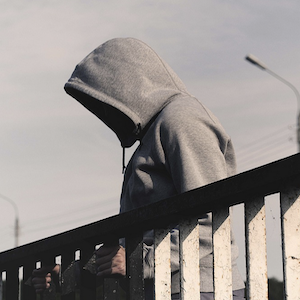Burnout phenomenon in Saudi dermatology residents: a national assessment of prevalence and contributing factors

All claims expressed in this article are solely those of the authors and do not necessarily represent those of their affiliated organizations, or those of the publisher, the editors and the reviewers. Any product that may be evaluated in this article or claim that may be made by its manufacturer is not guaranteed or endorsed by the publisher.
Authors
A cross-sectional study was conducted between March and August 2021; an electronic survey was administered to all dermatology residents (n=79) in all centers with the Saudi Board Dermatology Training Program in the western, eastern and southern regions. Participation was voluntary, and written informed consent was obtained before the study. The survey was completed by 70 dermatology residents, for an 88.61% response rate. All the participants were aware of the study’s aims, and their informed consent was obtained. The study design complied with the Declaration of Helsinki ethical standards and was approved by the Institutional Review Board at Imam Muhammad Ibn Saud Islamic University in Saudi Arabia. A total of 70 respondents completed the questionnaire. High emotional exhaustion (EE) was present in 47.1% of respondents, low personal accomplishment (PA) was present in 65.7%, and high depersonalization (DP) was the least prevalent (24.3%) across all burnout dimensions of dermatology residents. Overall burnout was present in 21.4% of the dermatology residents. Multivariate analysis showed that the odds of EE were significantly lower in males than females [odds ratio (OR)=0.2, P=0.016] and the higher number of patients seen per clinic (OR=1.09, P=0.032) was associated with higher odds of having a high risk of EE, while higher satisfaction with work-life balance was associated with lower odds of a high risk of EE (OR=0.47, P=0.005). A higher number of study hours/week was associated with lower odds of low PA (OR=0.95, P=0.02). Similarly, higher satisfaction with career was associated with lower odds of low PA (OR=0.35, P=0.042). Multivariate analysis showed that only exercise (OR=0.21, P=0.05) and satisfaction with work-life balance (OR=0.42, P=0.008) were associated with a lower risk of burnout. Our study adds the burnout rates among dermatology residents in Saudi Arabia, in addition to possible risk factors that can predict burnout, to the literature. These findings can be applied to improve training programs and reduce the burnout rate among residents.
How to Cite

This work is licensed under a Creative Commons Attribution-NonCommercial 4.0 International License.








